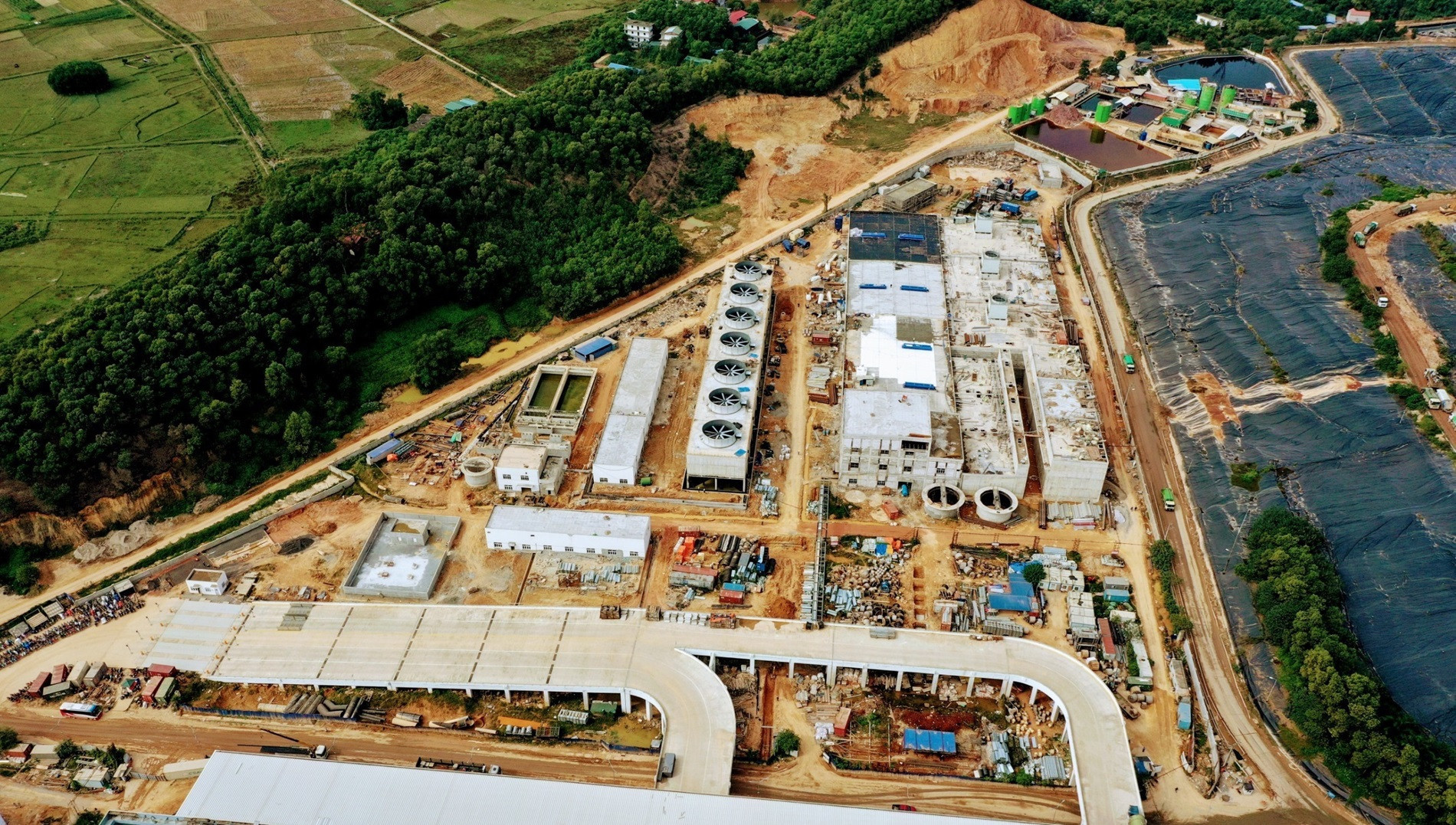
Projects on generating electricity from solid waste and biomass power enjoy fixed preferential prices for 20 years under the Prime Minister’s Decisions released in 2014 and 2020.
However, the Ministry of Industry and Trade (MOIT) has proposed a new pricing scheme, under which the ministry would set a price framework instead of the current fixed price scheme. This means that electricity generators and Electricity of Vietnam (EVN) would negotiate power prices based on the framework.
Under the current fixed electricity price scheme, the price of 10.05 UScent/kwh is applied to WTE projects (over VND2,000/kwh) to encourage investors to focus on environmental solutions.
The price level is referred to by provincial and municipal localities when inviting for bids and negotiating with investors on the price of domestic waste treatment, ensuring a reasonable investment rate and profits for investors.
The scheme has helped some cities and provinces to choose WTE developers through bidding, such as Hanoi, HCM City, Can Tho, Hue and Bac Ninh.
However, to date, only three WTE plants in Can Tho, Hanoi and Bac Ninh can meet the requirements to generate electricity. As for other projects, investors are still negotiating PPA (power purchase agreements) with localities, or plants are still under construction, or under procedures.
Explaining the slow project implementation, localities said the prices are not high enough to attract investors because the investment rate of WTE technology is still high globally, and this is not a field which can change technology to optimize production costs like solar power.
The equipment used in WTE is mostly mechanical engineering, so the investment rate remains the same or will increase.
In China, the FIT (feed in tariff) of 6 yuan/kwh, or 10.05 UScent has been applied since the 1980s. Thanks to WTE, China can solve most environmental problems in dealing with domestic waste.
About 1,500 WTE plants have been installed throughout the country. No locality in China uses landfills or other out of date technology.
Experts point out that the WTE investment rate in China is lower than Vietnam. The calorific value of waste in China is higher than Vietnam because China's living standards are higher than Vietnam’s. This means that one ton of waste, when incinerated, will generate a volume of electricity twice as much as Vietnam’s.
WTE investors in Vietnam face more difficulties than in China because the volume of electricity generated when treating waste is just half of that in China. Meanwhile, the selling prices at which WTE developers in Vietnam can enjoy are not much higher than those in China.
Also, the WTE scale of Chinese plants is larger than Vietnamese plants. In China, the plants can treat 1,000-2,000 tons of waste a day, while in Vietnam, the volume of waste collected is just 300-500 tons a day, so the capacity of waste treatment plants is just 500 tons a day.
In principle, smaller-scale plants require higher investment rates and have lower investment efficiency. That is why some provinces have found investors, but still cannot build WTE plants as they anticipate low effectiveness.
The low effectiveness makes it difficult for investors to borrow money from commercial banks. Some provinces, including Bac Giang and An Giang, have had to reorganize bids and re-negotiate to find other investors as previous negotiations failed.
Meanwhile, other cities and provinces have revoked projects as investors have not deployed projects as planned because they could not arrange capital and the IRR (internal rate of return) was too low.
These include the Xuan Son WTE project registered by T&T and Hitachi Zosen Corporation in Hanoi; a project developed by Indovin Power in Hanoi; the WTE plant in Le Thuong hamlet by Thang Long Environmental Service JSC and a project registered by Japan JET in Nghe An.
Problems
Previously, localities and investors used an FIT of 10.05 UScent/kwh as the fixed electricity price to invite for bids and choose investors. The price level was thought to be applied for at least 20 years, or the life of the projects. This helped local authorities attract some investors, though the pricing scheme was not attractive.
Experts have warned that the new scheme as proposed by MOIT, if approved, will make investors become even more hesitant. Investors won’t be able to calculate investment efficiency when solving the problem with two unknowns – waste treatment price and electricity price.
Even if the waste treatment price can be fixed after negotiations with local authorities, the electricity price may vary, depending on the time of electricity sales, so investors cannot define the break-even point.
Tam An